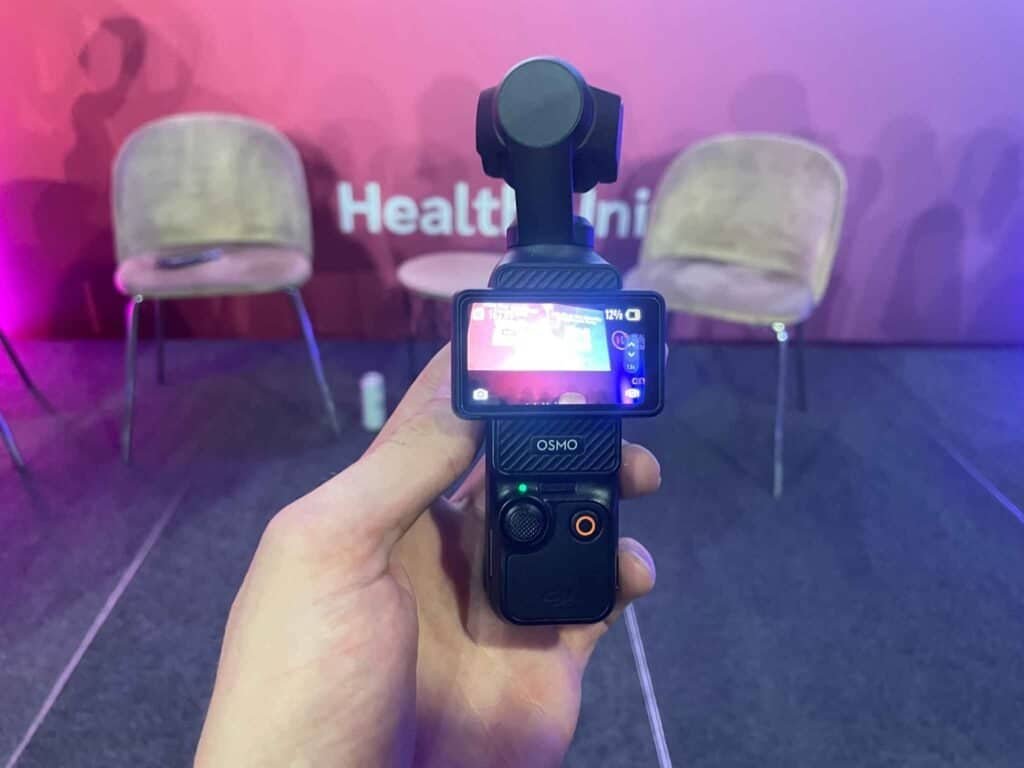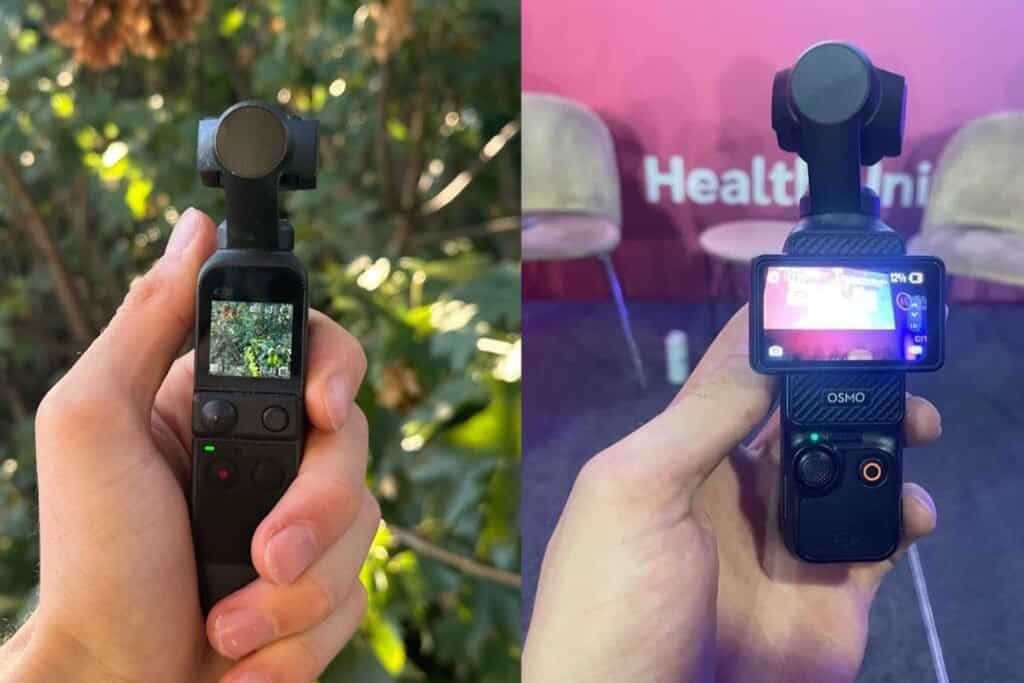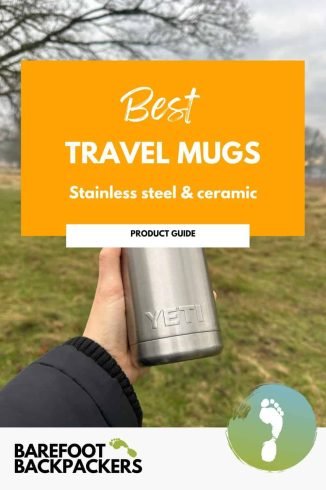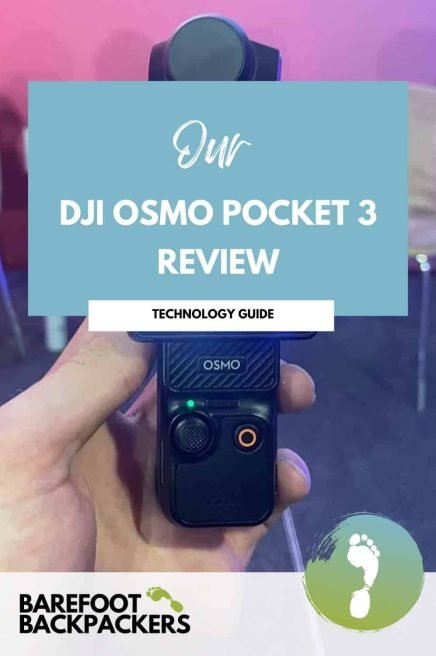Travel has a way of creating stories with moments that deserve to be captured just as they happen. Whether you’re hiking through mountain trails, exploring city streets, or documenting your travels for a vlog, The DJI Osmo Pocket 3 helps turn those memories into something lasting.
Compact yet powerful, the Osmo Pocket 3 video camera makes it easy to record high-quality footage. Small enough to fit in your pocket, yet capable of professional results, it’s great for vlogging, dtravel films, and digital nomads.
DJI Osmo Pocket 3 Black Friday Deals
The DJI Osmo Pocket 3 receives a pre Black Friday price reduction this year, with a significant 34 percent drop to $524.00 from the original list price of $799.00. This is a rare discount as the camera does not frequently receive deep reductions.
If you have been considering the DJI Osmo Pocket 3 for travel, content creation, or everyday videography, this might be the best chance to get it on sale.
View Offer: DJI Osmo Pocket 3 Travel Camera

This blog is supported by the community. We may earn a small commission if you choose to purchase through our links, which allows us to keep creating content. As an Amazon Associate, we earn from qualifying purchases. Learn more.
Compact and Made for Travel
When space matters, the DJI Osmo Pocket 3 fits effortlessly into any setup. It’s lightweight, portable, and ready to film in seconds. For vloggers or travelers who prefer to stay present while recording, this design feels naturalit doesn’t add bulk or distraction.
Moreover, its fast startup makes it perfect for spontaneous moments. Whether capturing a sunrise hike or a bustling market at night, you won’t miss the scene waiting for a phone or bulky camera to load.
Professional Video Quality in Your Pocket
Despite its size, this compact camera delivers 4K video at 60fps with stunning detail and lifelike color. The built-in 3-axis gimbal stabilization, inspired by DJI’s drone technology, ensures your footage stays smooth even while walking or filming handheld.
Because of this, it’s an excellent choice for vloggers, YouTubers, and anyone seeking cinematic results without carrying heavy gear. Whether filming a walking tour, landscape, or travel diary, the video looks professional straight from the camera.
Designed for Simplicity and Speed
The Osmo Pocket 3 powers up almost instantly, allowing you to start recording right when inspiration strikes. Its rotating touchscreen makes adjusting settings fast and intuitive, letting you change exposure or frame rate in seconds.
In addition, file transfer and editing are seamless. You can move footage directly to your phone via Bluetooth or USB and edit through DJI’s app or any preferred software. This workflow keeps your videos organized and easy to share. we find this a far better experience than scrolling through cluttered phone galleries.
DJI OSMO Pocket 3 vs DJI OSMO Pocket 2

| Feature | DJI Osmo Pocket 2 | DJI Osmo Pocket 3 |
|---|---|---|
| Screen | Fixed 1″ display | Rotating 2″ touchscreen |
| Sensor Size | 1/1.7″ | 1″ for better low-light performance |
| Video Quality | 4K/60fps, 8-bit color | 4K/60fps, 10-bit color |
| Photo Resolution | 64MP | 9.4MP |
| Battery Life | 875 mAh | 1,300 mAh (faster charging) |
| Tracking | ActiveTrack 3.0 | ActiveTrack 6.0 with portrait mode |
| Weight | Lighter | Slightly heavier |
| Price | More affordable | Higher cost with performance upgrades |
.
Which to Choose?
- Choose the Pocket 2 if you want affordability, portability, and high-resolution photos.
- Choose the Pocket 3 if you want a larger screen, vertical filming, and higher overall video quality.
FAQs about the DJI OSMO Pocket 3
Is the Osmo Pocket 3 good for beginners?
Yes. The interface is simple and intuitive, making it accessible even for those new to video recording.
How does the Pocket 3 compare to a phone camera?
Phones are convenient but often distracting. On the other hand, The DJI Pocket offers superior stabilization, dedicated features, and higher-quality footage.
Can the DJI Osmo Pocket 3 replace a DSLR?
For professional still photography, no. But for travel video and vlogging, the DJI Pocket is more practical. Its portability and stabilization make it better suited for on-the-move recording.
Is the Osmo Pocket 3 durable for outdoor use?
Yes. While it is not waterproof without a case, the design is sturdy enough for daily travel. Accessories are available for more rugged conditions.
What are the video card storage options?
The camera supports microSD cards. Therefore, for those filming in 4K regularly, a fast high larger card is recommended to avoid running out of space quickly.
How to keep the camera accessories safe?
The DJI OSMO Creator Combo comes with many accessories which can be stored in a small hard-case wallet, making it effortless to carry on trips.
PROS & CONS : DJI OSMO POCKET 3
| Pros | Cons |
|---|---|
| Compact and travel-friendly | Pricier than entry-level cameras |
| Excellent 4K video with smooth stabilization | Limited zoom range |
| Fast startup and easy-to-use interface | Not ideal for professional photography |
| Great for vlogging, travel videos, and content creation | 4K files require large memory cards |
| Quick transfer and editing via mobile app | Not waterproof without an accessory case |
| Optional accessories like wireless microphones | Slightly bulkier than the Pocket 2 |
Is the DJI Osmo Pocket 3 Worth It?
The DJI Osmo Pocket 3 is one of the best compact video cameras for travelers, vloggers, and creators who value both quality and simplicity. It captures cinematic footage without getting in the way of real experiences. A rare balance between being in the moment and recording it.
Enjoyed our guide? Read more
Black Friday for Amazon: Best Travel & Outdoor Deals 2025
The Best 60L Backpack for Travel
Best Barefoot Boots for Men








